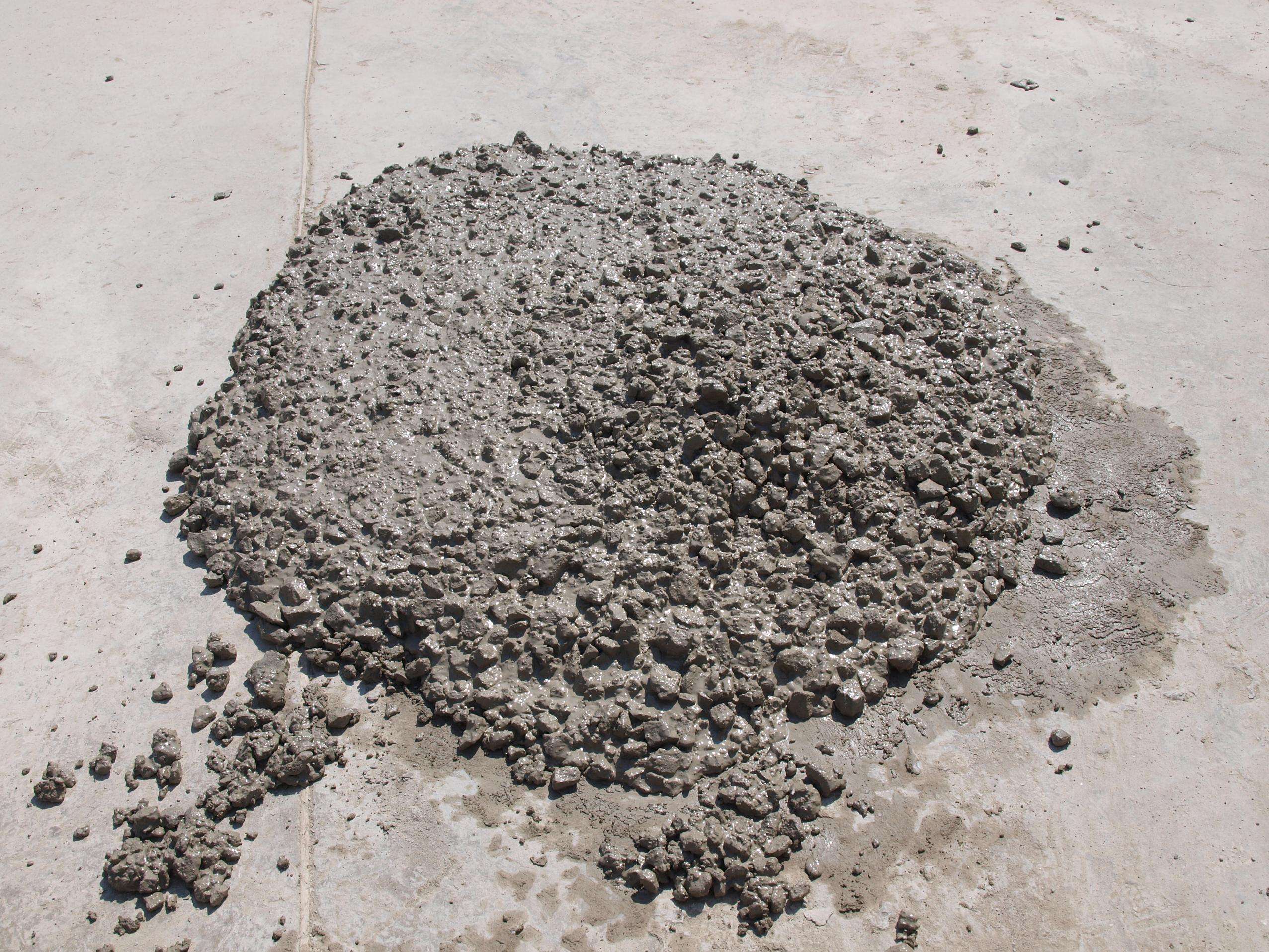To further improve the performance and effectiveness of cement mortar defoamers, performance optimization and effectiveness evaluation are needed. Adjust the formulation of defoamers according to specific application scenarios and requirements to improve their targeting and adaptability. When used in combination with other additives such as water reducers, thickeners, etc., the overall performance of cement mortar is improved through synergistic effects. Choosing the appropriate defoamer and using it correctly is the key to ensuring the defoaming effect of cement mortar. The defoamer has no adverse reactions with the raw materials, additives, etc. of cement mortar, and does not affect the performance and construction quality of the materials. Choose defoamers that can effectively eliminate bubbles in a short period of time and maintain stability over a long period of time. Taking into account the cost and performance of defoamers, choose products with higher cost-effectiveness.

Add defoamers according to the recommended ratio to avoid poor defoaming effect or material performance caused by excessive or insufficient defoamers. After adding the defoamer, it is necessary to stir thoroughly to ensure that the defoamer is evenly dispersed in the cement mortar. Construction should be carried out in an environment with suitable temperature and humidity to avoid adverse effects of extreme conditions on the defoaming effect.
Conduct defoaming effect testing under simulated construction conditions to evaluate the impact of defoamers on indicators such as bubble elimination rate, material flowability, and strength. Conduct experiments on actual construction sites to observe the impact of defoamers on the quality of cement mortar construction and the final product effect. Collect feedback from construction personnel to understand the performance and issues of defoamers in actual use, in order to make subsequent improvements.

 English
English
 Chinese
Chinese Vietnamese
Vietnamese
 HOME
HOME
 PRODUCT
PRODUCT
 NEWS
NEWS
 CONTACT
CONTACT


